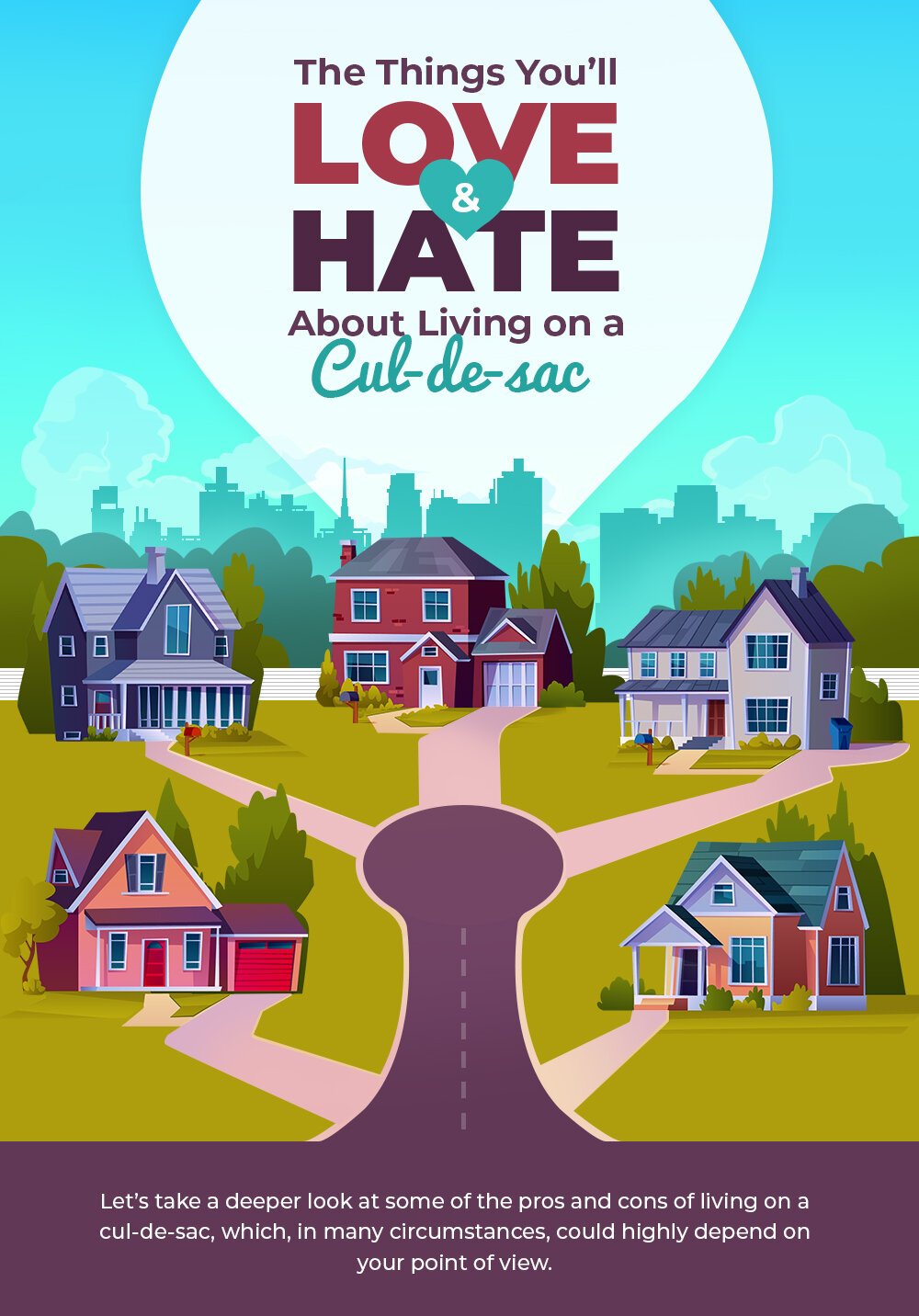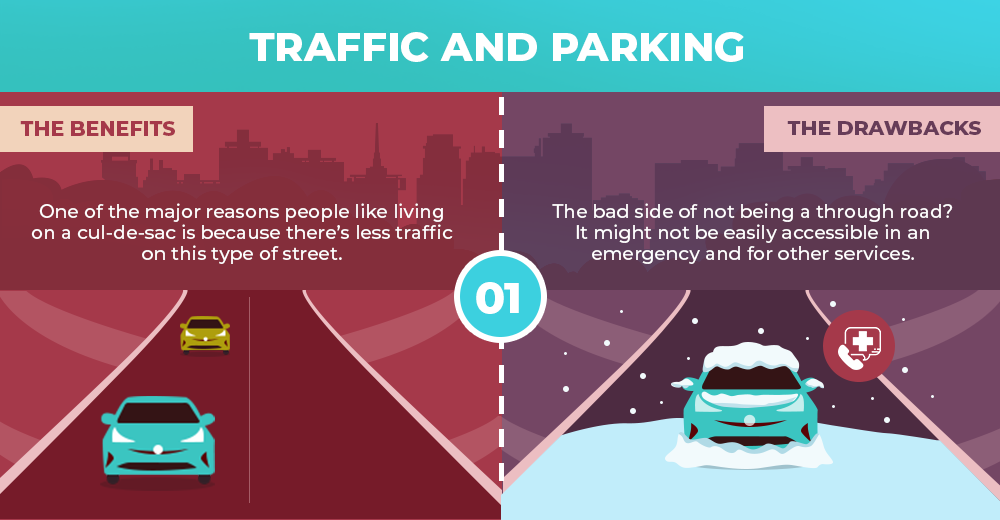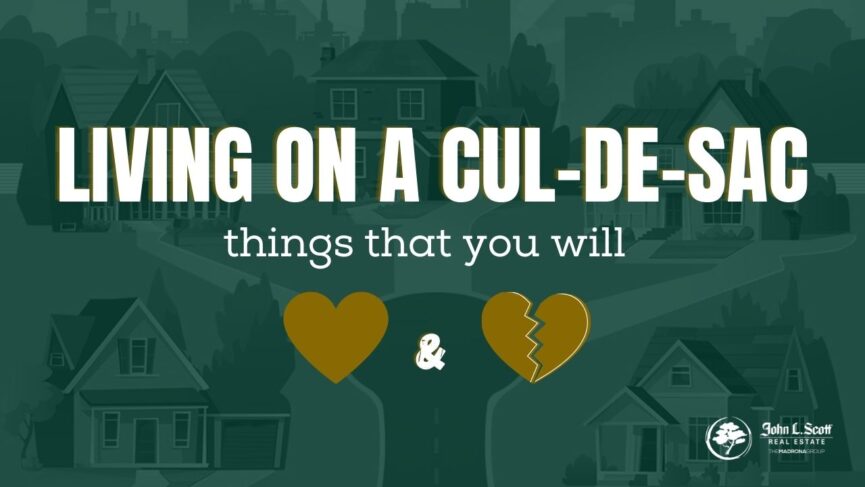Once you’ve started your home buying journey, one term you might have come across during your home search is the type of street called “cul-de-sac.”
If you didn’t know about this phrase before, one thing to note is that there are benefits as well as drawbacks to owning property on this type of street. Some buyers and homeowners may appreciate the attributes of a cul-de-sac, while others may find them frustrating.
Did you know? Homes on a cul-de-sac often sell for about 20% more than those on regular streets due to their desirable features and limited availability.
Let’s take a deeper look at some of the pros and cons of living on a cul-de-sac, which, in many circumstances, could highly depend on your point of view.
What to Expect:
- What is a “Cul-De-Sac”?
- Pros and Cons of Living on a Cul-De-Sac
- Price Difference
- Summary of Living on a Cul-De-Sac

What is a “cul-de-sac”?
A cul-de-sac, which in French literally means “bottom of the sack,” is basically a dead-end street with a rounded end. Since there’s no thoroughfare, cars must drive around the circular end of the street to exit.
Oftentimes, the term “cul-de-sac” and “dead-end street” are used interchangeably. You’ve likely driven on both types of roads thinking that they’re all just dead-end streets. But the main point to remember is that while a cul-de-sac is a dead-end street, its aesthetic is much nicer and the exit is more refined. You just need to drive around the rounded road in one seamless action.
A dead end is a street with no outlet and ends in a straight line, meaning there’s only one way in and one way out. To exit from a dead end, you’ll likely have to do a three-point turn on a random driveway.
Pros and Cons Of Living On a Cul-De-Sac

Traffic and Parking
The benefits: One of the major reasons people like living on a cul-de-sac is because there’s less traffic on this type of street. Because unless you live in one of the houses on the block, the only reason you could be in there is if you’re visiting someone who lives on that street, or you’re lost.
Unlike on a conventional street where there are many cars, living on a cul-de-sac means you don’t have to deal with traffic noise, safety hazards, or even pollution.
This feature makes it ideal for buyers who have children and pets, or for people who loathe living on a busy street where a lot of traffic passes by their front door.
The drawbacks: The bad side of not being a through road? It might not be easily accessible in an emergency and for other services. When it snows, main roads and heavily trafficked blocks get plowed first and quickly.
Cul-de-sacs, on the other hand, are usually the last to have snow removal services. Homeowners might also have trouble getting other municipal services like garbage pickup, because the vehicles may have difficulty accessing and turning around the road, causing traffic congestion. Forgotten and disregarded service can be an issue since streets like these are small.
Depending on the size of the cul-de-sac, there might also be less parking available compared to a regular street. This could be an issue if someone on the block is having a party and has invited a large number of guests. It’s more likely for them to take up all available parking, and could even go as far as parking in front of a neighbor’s walkway. It is also during this kind of situation that delivery trucks and emergency services may have difficulty maneuvering when leaving the street.

Kids and Safety
The benefits: With fewer cars and less traffic, a cul-de-sac is a natural safe place for families with children. Children can play outside and ride their bicycles more freely, which are fantastic ways for them to be active and make friends in the neighborhood.
Even pet owners who accidentally let their dogs or cats wander can relax knowing that there are fewer hazards around. Cars that are around are likely to be driving slowly since their destination is usually close by.
The drawbacks: For buyers who don’t have children and are looking for a house where they can enjoy peace and quiet, a cul-de-sac may already be off the list.
Not everyone loves to have their street turned into a playground, especially when children are left unattended. Baseballs, basketballs, footballs, and hockey pucks could go flying through the air and hit cars, mailboxes, windows, or houses, especially if the cul-de-sac is relatively small.
Damage to property can cause tension or conflicts with neighbors and could cause stress if no one is willing to accept responsibility.

Sense of Community
The benefits: Since houses on a cul-de-sac often face each other in a semi-circle or in closer proximity to one another, this allows for enhanced relationships among residents. Neighbors may see each other every day so it’s easier to get to know one another.
They also keep an eye on each other’s properties and kids, which helps prevent instances of crimes such as vandalism, burglary, or fire.
Also, children get to be instant playmates. These things can foster a strong sense of community. This is why people who are naturally neighborly would surely love the communal feel inherent to a cul-de-sac.
The drawbacks: They say the only thing that will make you dislike living on a cul-de-sac is if you really hate your neighbors, which is quite true.
Even if you enjoy the privacy of living on a cul-de-sac since it’s generally a tucked-away location, you may not like the constant surveillance of neighbors, even if everyday observances are naturally unavoidable. Or, you might really hate your neighbors, especially if they’re loud, or really nosy, or even inconsiderate about where they park. If these things make you uncomfortable, cul-de-sac life might not be for you.
Price Difference
Homes on a cul-de-sac often come with a premium price tag. The limited availability and desirable features such as reduced traffic, enhanced safety, and a sense of community contribute to this higher value. According to real estate trends, homes on a cul-de-sac can sell for about 20% more than similar homes on regular streets. This price difference is something to consider when evaluating your budget and the benefits you’re looking for in a new home.
Summary of Living on a Cul-De-Sac
Living on a cul-de-sac offers a unique blend of peace, safety, and community that many find appealing. However, it also comes with its own set of challenges that can be frustrating for some. Whether you see these aspects as benefits or drawbacks largely depends on your personal preferences and lifestyle.
Thinking of making a move? Understanding the pros and cons of different types of streets can help you find the perfect home for your needs. If you’re curious about the cul-de-sac life or any other housing questions, reach out to us today!
Share this post!




